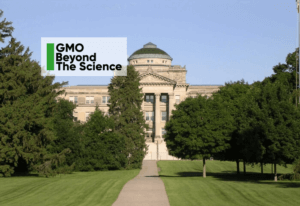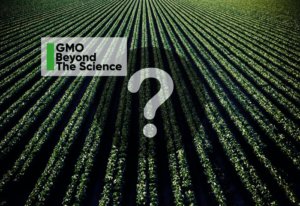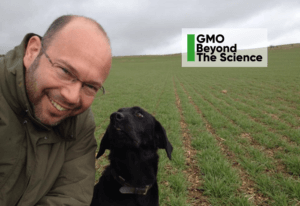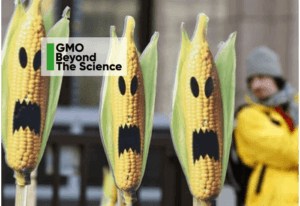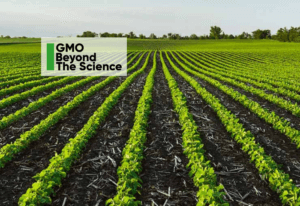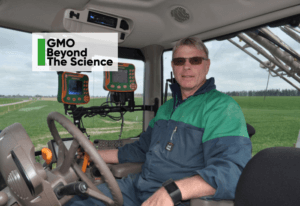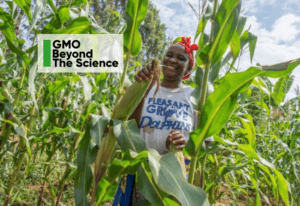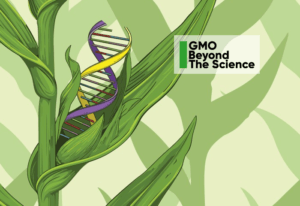


New Zealand Farmer on the GMO Moratorium’s Impact on Sustainable Food and Agriculture, and Hopes CRISPR Crops Won’t Face the Same Fate
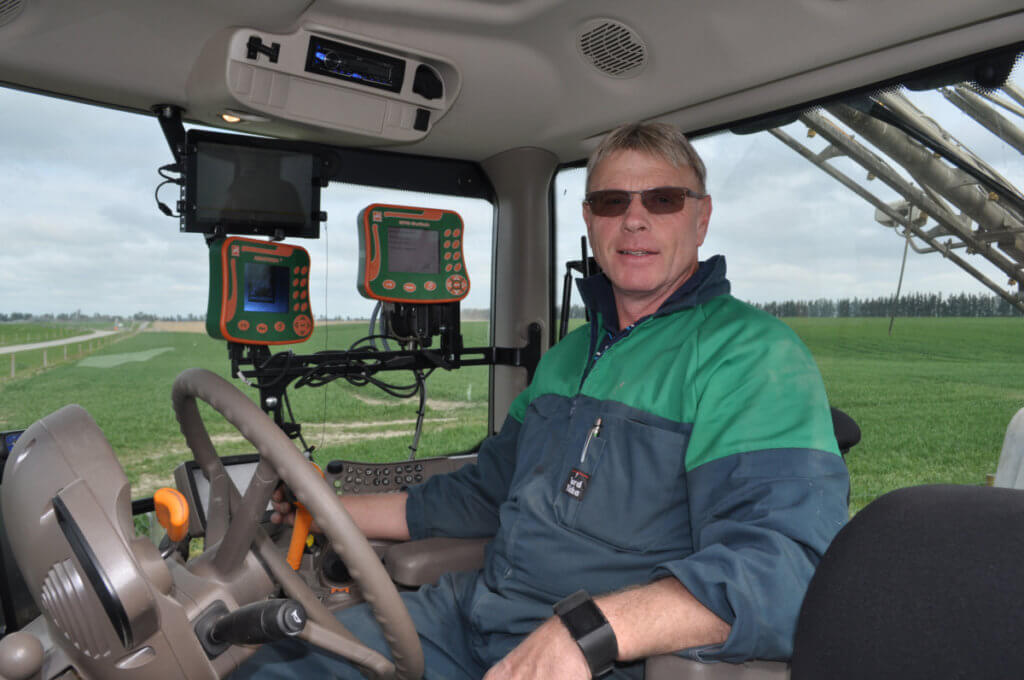
Craige Mackenzie, Farmer in Methven, New Zealand | June 26, 2018
Highlights:
- New Zealand’s island status has intensified its commitment to sustainable farming
- ‘Wait-and-see’ approach to GMOs has morphed into a permanent moratorium, blocking innovations that would increase production of sustainable farming
- CRISPR technology could leapfrog opposition and quickly deliver real benefits to NZ’s production systems, the environment and out global markets
Here in New Zealand, we did not participate in the GE Gene Revolution. Farmers like me see an advantage in making sure that we do not miss the next one.
You’ve seen the statistics. Farmers around the world have planted and harvested billions of acres of genetically engineered crops. Not long ago, we used to talk about GMOs and conventional crops as if they belonged in different categories. Increasingly—and especially in North and South America—GMOs are the new conventional. They’ve become an ordinary part of agriculture.
Some nations, of course have resisted the use of GMOs, starting with members of the European Union. New Zealand has taken its own wait-and-see approach, turning it into a sort of permanent delay. The science on GMOs safety to human health and our environment may be settled but my country has wanted to preserve its clean-green image in food production, in the belief that this gives us a competitive advantage as we market ourselves to the world.
This is important because as an island nation, we’re an outward-looking country that depends on trade with people in other countries. Our goal is to produce high quality food with an emphasis on ethics and environmental sustainability. That’s how we see ourselves and that’s how we want others to see us. I’ve always believed that this vision of New Zealand could include a place for GMOs, but others have thought differently—and so we’ve remained GMO-free, even as my friends and colleagues who farm across the English-speaking world have come to take GMOs for granted. In developed countries such as Canada and the United States as well as developing countries such as India and South Africa, GMOs are an ordinary way of doing business. The same is true in many countries outside the Anglosphere, such as Argentina and Brazil.
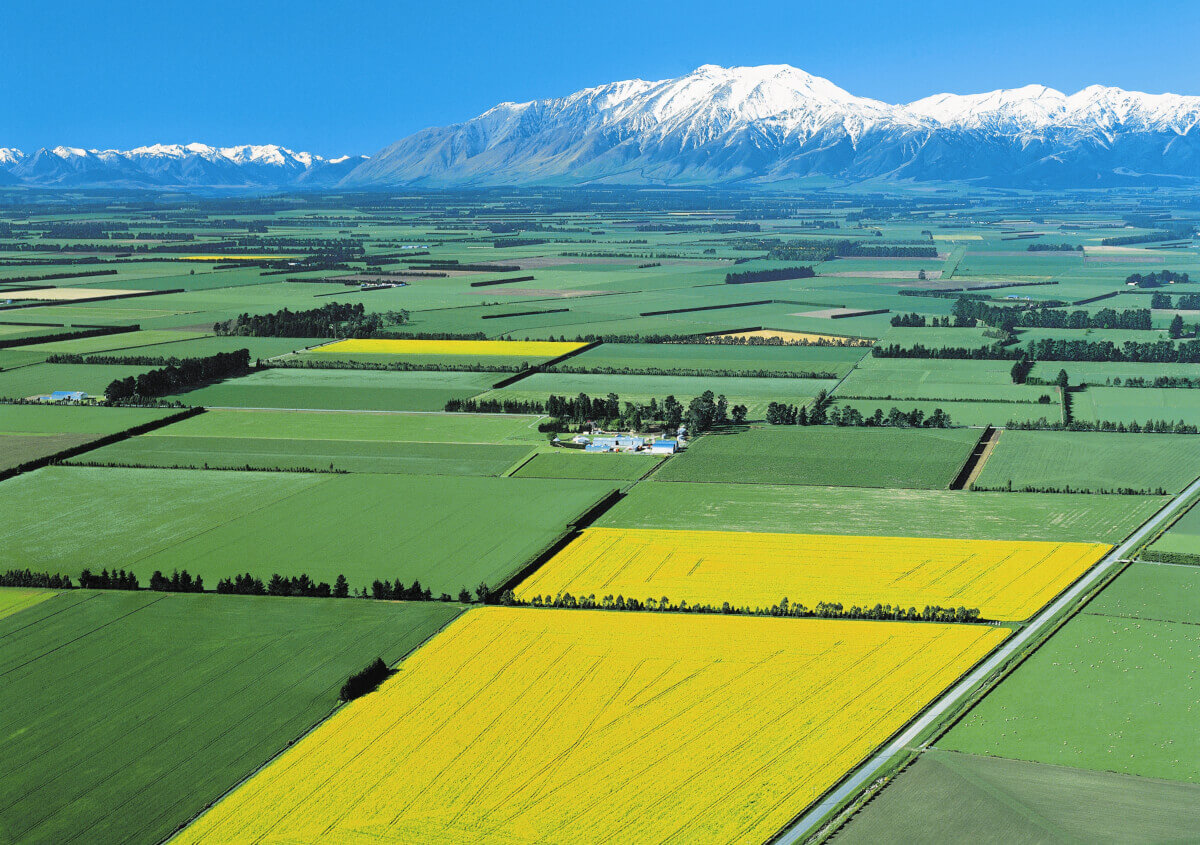
My government’s prohibitions on GMOs haven’t stopped our farm from thriving. On the South Island—New Zealand’s larger but less populated landmass—our farms focus on seed production and dairy. On our seed production farm, we grow ryegrass, fescue, hybrid carrot, hybrid radish, and more. About half these seeds will take root in New Zealand, while the rest will sprout under the care of farmers overseas. All of our carrot seeds, for example, go back to Holland for global distribution. On our dairy farm, we milk about 1,100 cows. Virtually all their milk also will ship abroad, where we have a reputation for top quality and occupy the higher end of the market.
While, to date, there has been little benefit for New Zealand to have GE technology in the crops and plants we grow, we certainly take advantage of other new technologies—including a few that would astonish farmers from just a generation ago. Last summer, for example, I attended a conference of farmers in Minnesota, which is just about on the other side of the world from New Zealand. During a break, I wondered about moisture levels in the soil back home. I didn’t have to order anybody into a field to dig a hole or stick a meter into the dirt. Instead, I pulled out my smartphone, looked at its screen, and saw what my sensors were saying. I knew instantly.
This is what modern agriculture looks like in many places, and especially in New Zealand: It’s global, it’s high-tech, and it’s all about sustainable conservation.
But it’s also about the fundamentals, based on the same set of natural resources, from sunlight in the sky to nutrients in the ground.
Water may be our most precious resource. Although it varies from place to place, about 70 percent of the world’s freshwater is invested in agriculture. We need to supply our fields with exactly the right amount, so that we can make the most of what we’re given. With GPS and electromagnetic technology, we produce detailed maps of our soil. We study the information that we gather and then plan our water use. Rather than drenching whole fields, like water sprinklers that run for hours in suburban backyards, we customize our delivery. Our pivot-irrigation system sends the right amount of water to the right place. We spread water like dots on a carpet, and every drop counts.
Yet now the new Gene Revolution is upon us with major innovations linked to New Breeding Techniques (NBTs), including CRISPR gene editing—and I don’t want to miss it.
We’re just as careful with nitrogen. It’s not about using more, but finding the right match for the land. We’re now heading towards measuring nitrogen in real time, allowing us to understand when and how it reaches root zones. With good data management, including satellite and drone imagery, we can make informed decisions about what the soil needs and what the plants want.
GMOs would help, but even without them, these other technologies will continue to improve, and we’ll keep on making gains in production and sustainability. Yet now the new Gene Revolution is upon us with major innovations linked to New Breeding Techniques (NBTs), including CRISPR gene editing—and I don’t want to miss it.
If you haven’t heard of genome editing, you will soon: It holds the potential to cure diseases, improve organ transplants, and defeat bacteria that resist antibiotics. In agriculture, it may help us grow plants that produce more while using only half the water and nitrogen that they consume now. As farmers, we face enormous pressure to increase our efficiency and reduce our perceived environmental impact. CRISPR and other gene-editing methods could well be a key piece of technology that will allow us to continue to grow crops and raise livestock and also meet our conservation goals. The scientists can describe the details. Here’s what I know: It’s safe, it’s transformational, and it’s on the near horizon.
It’s also what we might call a “leap-frog technology,” allowing us to leap over the current GMO technology and their innovations and head straight into CRISPR technology which could very quickly deliver real benefits for our production systems, the environment and our global markets.
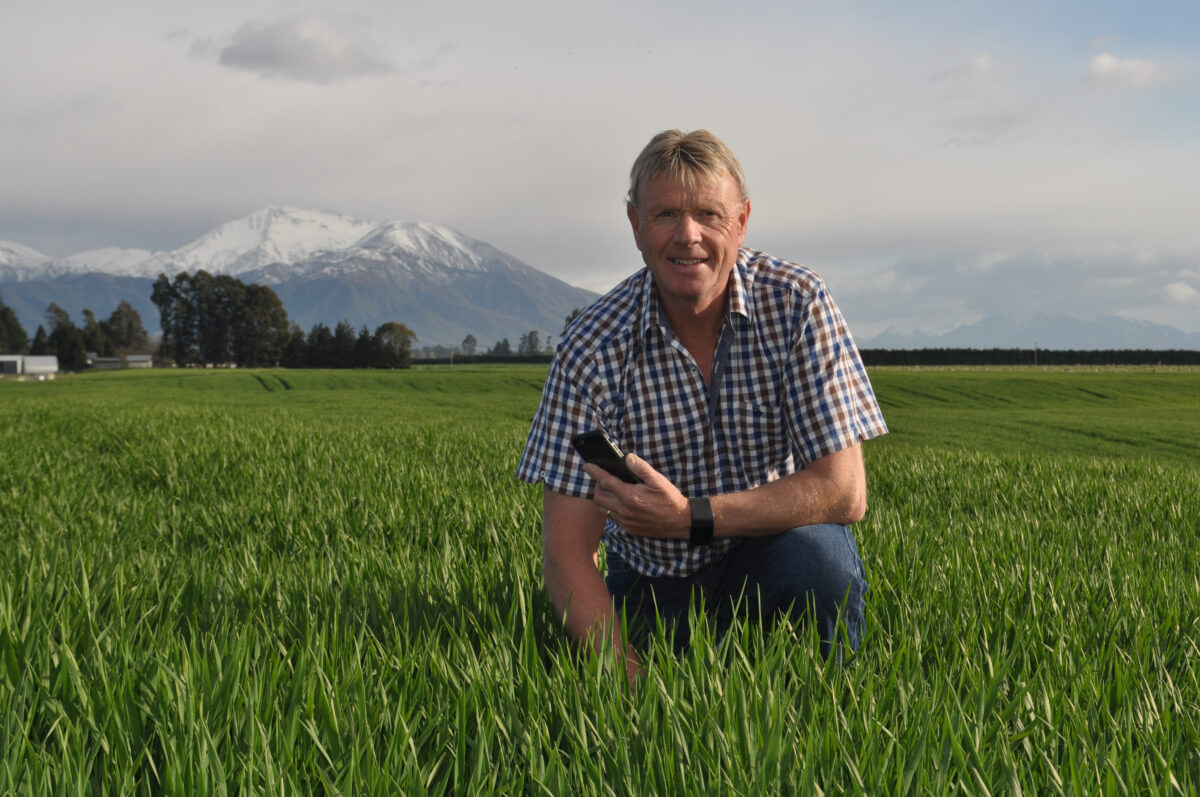
We have watched as the anti-GMO activists seem to worry most about their transgenic nature—that is, the practice of moving genes from one species to another. Although this has helped crops improve weed and pest resistance in safe ways, critics object because they think it sounds creepy. This may be an unscientific view, but it’s also an authentic one, and it has prevented GMO technology from enjoying more widespread adoption. It is important that we understand the customers beliefs and desires when it comes to the food we produce which will allow us to use the appropriate technology.
As we move toward Biotech 3.0, we may see the same old battle lines form between farmers, scientists, and educated consumers on one side and political activists on the other. But I hope not. The stakes are high. Gene editing can become a powerful ally of the environment, especially here in New Zealand, where native trees now under threat might find new life. For farmers like me, in a time where technology is moving very fast and a booming world population and fresh demands for environmental sustainability are constant challenges, it is time to have a sensible, science-based debate to select the traits that will be most beneficial and get them into the hands of farmers.
We need this technology, and I can’t wait to have it.
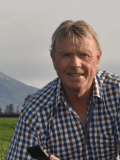
Craige Mackenzie uses precision agriculture tools and techniques to produce specialty seed crops including wheat, ryegrass, fescue, hybrid carrots, hybrid radish, pak choi, spinach and chicory along with a dairy operation in Methven, New Zealand. Craige serves as a board member of the Global Farmer Network.
Global Farmer Network (GFN) is a non-profit advocacy group led by farmers from around the world who support free trade and farmers’ freedom to choose the tools, technologies and strategies they need to maximize productivity and profitability in a sustainable manner. Established in 2000, the Global Farmer Network is committed to inserting the worlds farmers voice in the global dialogue regarding food and nutritional security. The Global Farmer Network identifies, engages and supports strong farmer leaders from around the world who can work with others to innovate, encourage and lead as full stakeholders in the work that is being done to fill the world’s food and nutrition security gap in a sustainable manner.
The Genetic Literacy Project is a 501(c)(3) non profit dedicated to helping the public, journalists, policy makers and scientists better communicate the advances and ethical and technological challenges ushered in by the biotechnology and genetics revolution addressing both human genetics and food and farming. We are one of two websites overseen by the Science Literacy Project; our sister site, the Epigenetics Literacy Project, addresses the challenges surrounding emerging data-rich technologies.

